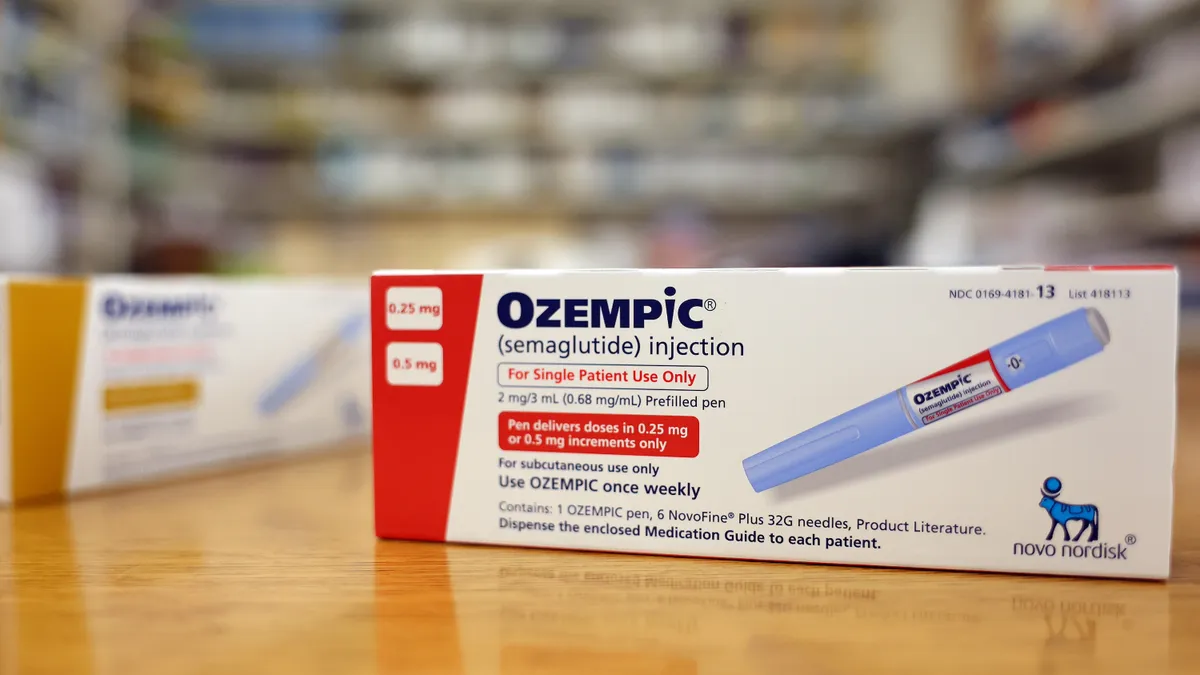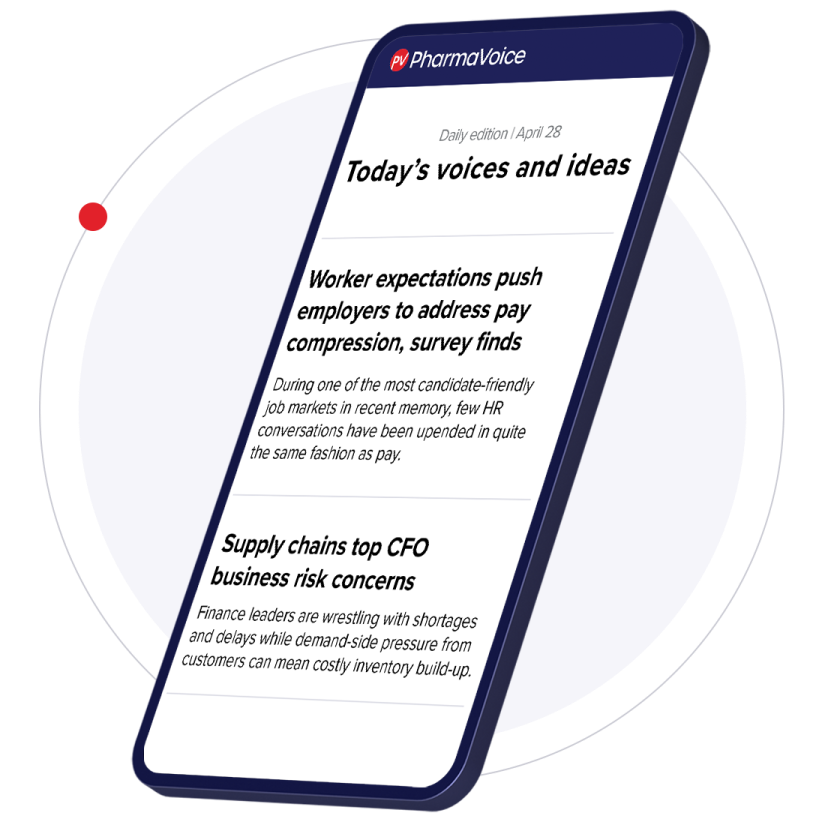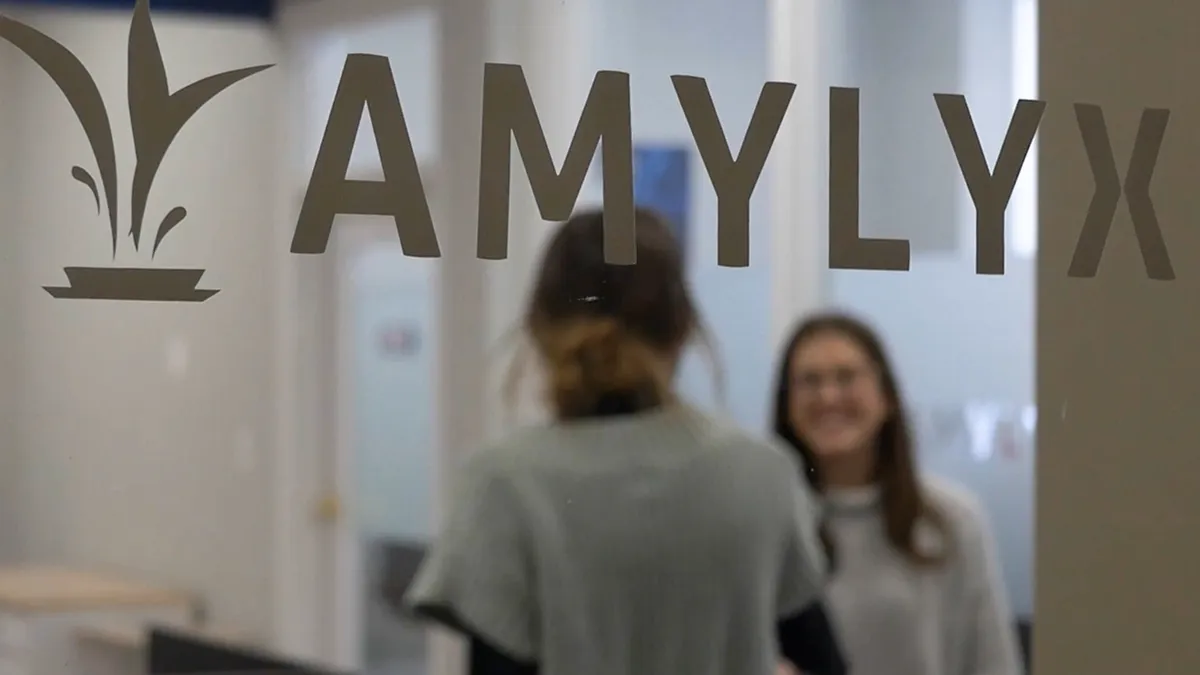The next wave of drugs selected for Medicare’s price negotiation plan is expected any day now, with up to 15 treatments poised to make CMS’ list for the 2027 plan year. While the selected drugs are scheduled to be published by Feb. 1, they could come before President-elect Donald Trump’s inauguration on Jan. 20, according to Sean Sullivan, professor of pharmacy at the University of Washington School of Pharmacy.
The program, already facing legal challenges from pharma companies, could confront more hurdles on the policy front. Trump has threatened to pull back some of the Inflation Reduction Act’s provisions, and it’s possible he could target the law in its entirety, potentially wiping out the Medicare negotiation program.
However, CMS has already completed negotiations for the first 10 drugs in the program, with new prices set to go into effect next year. Based on CMS’ formula for selecting drugs and some procedural changes that give drugmakers more opportunities to negotiate with the health agency, here’s what to expect in the coming weeks.
Semaglutide’s inclusion
Novo Nordisk’s semaglutide products Ozempic, Wegovy and Rybelsus are leading the GLP-1 boom and fueling a hot obesity market, but they’re also at the top of CMS’ target list based on projected Medicare spending. A 2024 study published in the Journal of Managed Care & Specialty Pharmacy pegged the three as the most likely drugs to be included in the 2027 negotiation list. While they are three separate products, they’re likely to be included as one by CMS.
“The law stipulates that all dosage formulations and strengths of a product, regardless of indication for use, be negotiated as one entity,” explained Sullivan, who is also one of the study authors. “If the active moiety is combined with another active agent, then that product would be considered separately.”
Projected Medicare Part D spending on Ozempic, Wegovy and Rybelsus reached nearly $7.5 billion in 2023, the study found. That spending covers just diabetes and heart disease approvals for the medications, as Medicare Part D plans have previously been prohibited from covering obesity medications. However, that could soon change after HHS proposed allowing obesity coverage at the end of last year, potentially giving 3.4 million Medicare enrollees access to the medications.
Per CMS’ criteria, the drugs selected for the negotiation program are chosen from the top 50 Part D eligible drugs with the highest total expenditures. Beyond the first wave of 10 drugs negotiated last year, Ozempic, Wegovy and Rybelsus sit at the top of the expenditure list.
“Now that the first [10] drugs have been negotiated, semaglutide is the top spending drug in Medicare Part D for the 2023-2024 spending period,” Sullivan said.
Novo has anticipated its semaglutide drugs are likely to be included, CEO Lars Jorgensen confirmed during a Senate hearing over the price of the pharma’s semaglutide drugs. The pharma giant reported 2023 sales of nearly $30 billion for its diabetes and obesity care business.
Projected drug list
Beyond semaglutide, GSK’s COPD drug Trelegy Ellipta, Astellas Pharma’s prostate cancer therapy Xtandi, Boehringer Ingelheim’ lung disease drug Ofev and Bristol Myers Squibb’s Pomalyst, a blood cancer treatment, round out the top of the eligibility list, according to the study.
What CMS ultimately selects for the 2027 drugs could differ from these projections, based on eligibility criteria.
“The law is quite clear on the factors that determine selection, but there are some uncertainties that researchers and policy analysts cannot predict perfectly,” Sullivan said.
Drugs with biosimilar and generic competition won’t be considered by CMS for the second cycle list. Pharmas can also apply for a small biotech exemption, based on total Part D expenditures as determined by CMS, which would keep their drugs off the negotiation list.
There were some surprises, for example, in the initial list last year.
“We found that when selecting drugs for the first round of negotiation, CMS strictly adhered to the law,” Sullivan said. “Not all manufacturers would necessarily agree with that statement. The one drug that we found a bit surprising to be included was Insulin Aspart, Novolog and Fiasp. We thought that CMS might not include Fiasp as part of the selection.”
That’s because Fiasp’s formulation includes vitamin B3 to speed up absorption and an amino acid (L-arginine) for stabilization, he said. However, CMS concluded Fiasp is not a combination product, which would have excluded it from the negotiation list, and the agency treated it like Novolog. Both medications are insulin produced by Novo Nordisk for patients with diabetes.
Cycle changes
Drugmakers will also face a handful of changes to the price negotiation program based on feedback to CMS, which released final guidance on the second cycle late last year. During the second cycle, drugmakers will have more opportunities to negotiate with CMS. The first optional negotiation meetings will take place after CMS makes its initial offer, which must be presented by June 1.
Drugmakers heavily criticised the negotiation process during the first cycle, though some pharma executives last year minimized the ultimate financial impact of the new prices Medicare will pay starting in 2026 . In addition to negotiation meetings, drugmakers can initiate additional written offers and counteroffers for the second cycle through a price exchange.
“CMS believes these revisions to the negotiation process provide further opportunities for productive exchanges between CMS and participating drug companies throughout the negotiation period,” CMS said in a fact sheet.
Even with these changes in place, drugmakers are still fighting to kill negotiations in the courts. As of December, nine lawsuits from pharma companies and industry groups challenging the IRA-based program were still pending, according to KFF. So far, legal objections have been unfavorable to pharma.



















